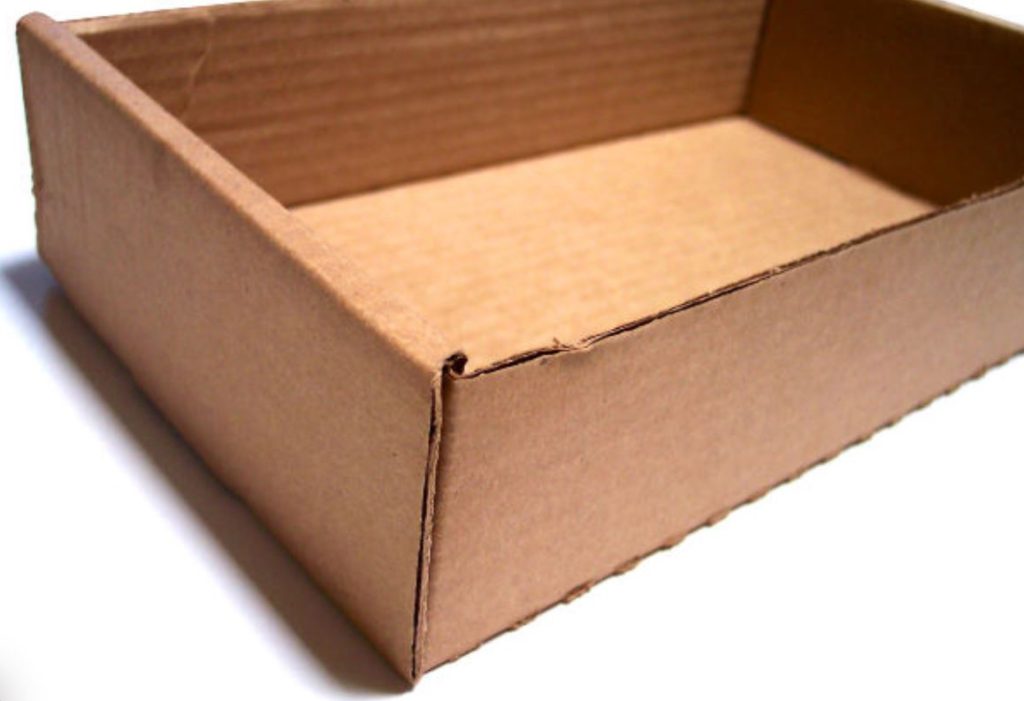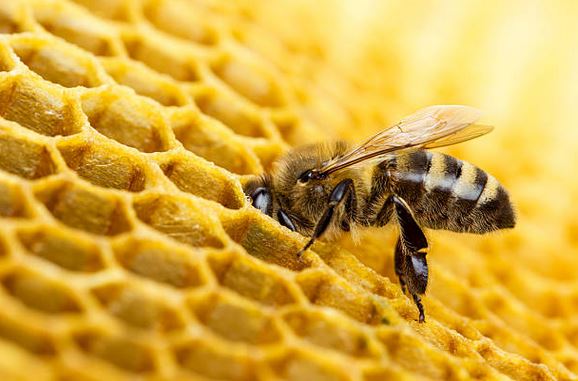5 Simple Ways To Make Your Crafting More Eco Friendly
Crafting has many eco-friendly benefits. Often times we upcycle items when we’re making our craft projects. And making something ourselves saves a lot in shipping, packaging, and other waste generated by mass-produce items. However, if we’re not careful, some of our crafting can harm the environment as well.

Some of products used aren’t biodegradable. Craft items are often grossly over packaged (I’m looking at you stencils). And all those little bottles of paint do tend to add up after a while. So if you’re a fellow Eco-conscious individual who still wants to pursue a love of crafting, here are 5 simple ways you can make your crafting a little greener.
1.) Buy in bulk
The more you can buy in the bulk, the less packing there will be. A cardboard ribbon spool is generally the same size whether you get the 5 feet or the 10 feet, so if you like the ribbon, go ahead and get the 10 feet. It’ll save you having to buy more later, and thus save another cardboard roll.
Instead of buying small bottles of paint, buy the bigger ones of colors you use more frequently. While the bottles themselves are generally recyclable, the caps are a different type of plastic and often are not recyclable in some places. So by buying a bigger bottle, it’s a lot more paint for only a little more plastic, and you only end up with one non-recyclable cap. It’s cheaper too. While the bigger bottle costs a bit more up front, they’re actually a better value in the long run because you get more paint for your buck.
2.) Use Cardboard Instead Of Foam

Craft foam is often a staple of costumes, but it’s not the most eco-friendly crafting material. Use cardboard instead whenever you can. I use foam as well for certain parts of costumes where I need some flexibility, or something that will hold its shape. But if shaping and flexibility are not necessary, I use cardboard instead. It’s more eco-friendly because it’s biodegradable and if you’re upcycling boxes you already have lying around, it’s a great way to recycle them. It’s also more budget friendly. Recycling cardboard boxes gets you FREE cardboard!
3.) Buy 2nd Hand Fabric
I’ve written a few times about how much I love using 2nd hand shops to find old blankets or large clothing items to cut up and use as fabric. Sometimes sure, only a certain bolt of fabric in the fabric store will do for a project. (I recently wanted to reupholster my couch in a purple brocade with multi-colored butterflies, and let’s just say the 2nd hand shop didn’t have the supply the fabric store did). But other times we can be more flexible. Thrift stores are a great place find costume bases to alter, or interesting prints to cut up and make quilts or other fiber arts with.
Shopping for material 2nd hand keeps it out of the landfills. (Many fabrics are notoriously difficult to biodegrade, so let’s keep them above ground and use them for craft projects instead). And of course, like many of these solutions, it’s generally a lot cheaper.
4.) Buy Local Supplies
Whenever you can, make the effort to buy your supplies locally. Any time you can source something locally, it’s generally better for the planet and better for your community as well.
For example, if you’re knitting, get your wool from a local farm if possible. It won’t be filled with the chemicals commercials yarns are and you’ll be able to visit the farm yourself to ensure that the sheep or alpacas are being treated well. (If you’re a local looking for alpaca yarn, check out Golden Oak Farm, it’s so soft!)

If you’re making candles, get your wax from a local beekeeper, rather than buying store-bought wax which is often imported from foreign countries. You may have to clean the wax yourself, but it’s not that hard. It saves the importation pollution and you can find out how the bees are being raised. And as bonus, you usually get a much better price buying it directly as well.
5.) Ditch The Glitter
Glitter is pretty, but not very eco-friendly. In fact it’s really quite bad for the environment. So it’s important to break our addiction to glitter in crafting. I don’t use much of it, and what I do have was given to me by aunts and grandparents a long time ago, when I much much shorter. But since I do have that supply, I’m not going to just throw it out. That would completely defeat the purpose of trying to make my crafting more eco-friendly. So I’ll use it up, and once it’s gone, it’s gone. I won’t ever buy anymore.
There are several great glitter alternatives, however, which I wrote about in an earlier glitter post. If you’re someone who just can’t live without glitter, check them out here. Not only are they more eco-friendly, but the sugar method is much safer if you have pets or young children.
Written by Amber Reifsteck, The Woodland Elf
The information provided on this website is for general information purposes only. If you choose to rely on the information on this website, you do so at your own risk and you assume responsibility for the results. (Full disclaimer here)
Enjoy this post? Click here to subscribe by email and get new posts delivered to your inbox.Ads by Google







